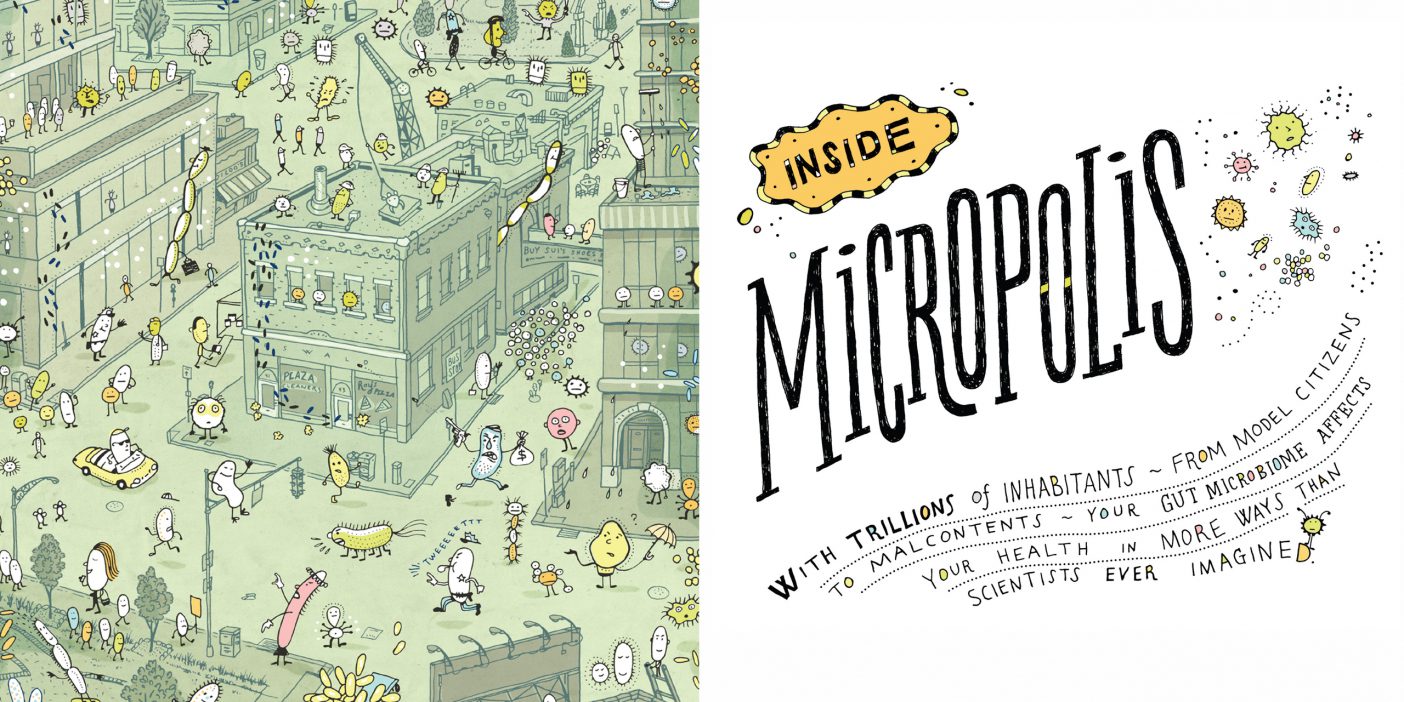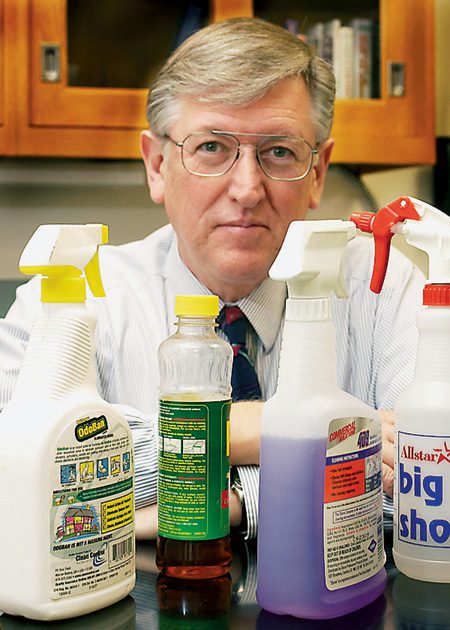Joel S. Griffitts is a biologist, not a therapist. Yet he spends his days in the lab helping troubled couples work through complicated relationship woes.
He “counsels” rhizobia bacteria and legume plants. When the two are getting along, they build successful, mutually beneficial relationships that yield abundant crops. But sometimes the bacteria slack off. “Organisms are a bit more selfish than we would hope,” says Griffitts.
His work navigating the genetics behind this legume-bacteria relationship just won him a Presidential Early Career Award for Scientists and Engineers—one of the highest honors for scientists in the nation. Griffitts is only the third BYU professor to receive the award, which recognizes not only his research but also his novel approach involving high schoolers.
Griffitts has published in Science on how rhizobia bacteria charm their way into a home inside legume-root cells. The plant welcomes the bacteria, because the bacteria shower it with nitrogen—a nutrient that plants crave but often lack. The atmosphere is about 80 percent nitrogen, says Paul “Skip” Price (BS ’04), a post-doc in Griffitts’s lab, “but it’s in a form that plants can’t use biologically.”
So if rhizobia bring nitrogen to the relationship, what do legumes bring? The swanky apartment, says Griffitts. Legumes build nodules on their roots to house the bacteria, but sometimes rogue rhizobia settle into this free home without providing nitrogen in return.
According to Griffitts, however, this free-rider relationship is reparable. His lab identifies genes that cause the rhizobia to rebel—and genes that cause them to shape up and start giving nitrogen again. “It’s such a fine line between a bacterium that would be beneficial versus a bacterium that would be more like a disease,” says Griffitts.
Griffitts has enlisted students from three local high schools to help. They collect and analyze local rhizobia strains and present their findings with BYU biology undergrads at a yearly conference, giving them the chance “to think like scientists and talk like scientists,” says Mountain View High biology teacher Mary Jaeger Greer (PhD ’09).
Understanding the genes at play may enable scientists to engineer rhizobia strains that provide more nitrogen, thus helping plants produce higher yields. This development would also reduce the need for fertilizers—the way most farmers feed plants nitrogen—which could save money and help protect the environment.
Griffitts’s research has always been motivated by his curiosity about how organisms interact in nature. But with his presidential award, he says he feels more of a commission to move his field forward, “to somehow contribute on a larger scale to both science education and innovative, useful research.”
—Sara D. Smith (BA ’10)










